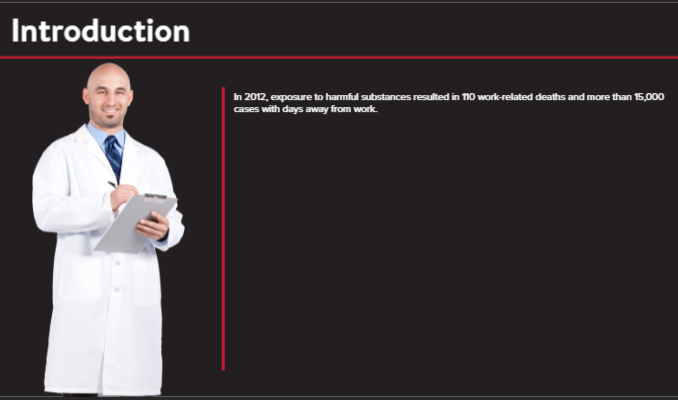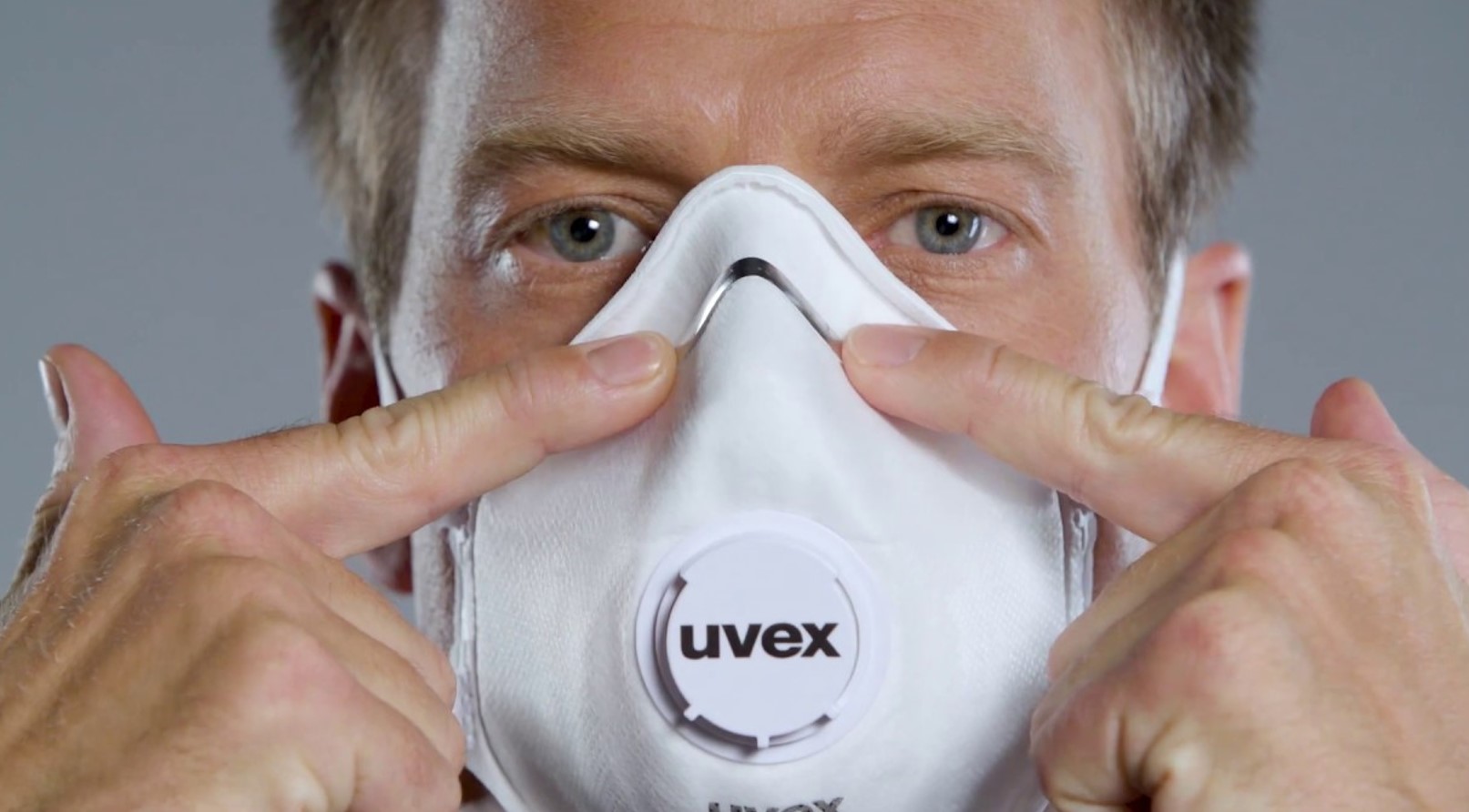Asbestos is a natural, fibrous silicate mineral. Exposure has proved extremely dangerous; microscopic asbestos fibers, when inhaled, can cause certain types of often fatal lung disease, making asbestos hazard awareness an essential training topic.
Asbestos Awareness
$9.99
Description
Protect your high-risk workforce from this notorious airborne health hazard. Asbestos is a natural, fibrous silicate mineral. Exposure has proved extremely dangerous; microscopic asbestos fibers, when inhaled, can cause certain types of often fatal lung disease, making asbestos hazard awareness an essential training topic.
Because asbestos was used in countless construction products before 1980, many buildings built before that year are considered to have incorporated asbestos materials (any material containing more that 1% asbestos) over the course of construction.
Today, industrial activity involving salvage, demolition, and construction, commonly present exposure risks to workers. But, even work like performing brake and clutch repairs or building maintenance and cleaning, can present exposure risks—it really depends on what you’re working with and where.
Health Risks of Asbestos Exposure
Airborne asbestos represents a health risk because the unseen fibers can be inhaled unknowingly. The asbestos fibers breathed in by workers can cause serious diseases of the lungs and other organs that may not appear until years after the exposure has occurred. Fibers behave like any other type of airborne particle and settle out of the air just like dust or soot. In many instances, particularly in the past, the collection of fibers on the clothing of high-risk workers was a serious problem; these fibers would be carried out of the work area or off-the-job and into homes where others would be exposed.
Diseases such as asbestosis, mesothelioma, and lung cancer can all result from chronic exposure to airborne asbestos. Asbestosis is a disease that causes buildup of scar-like tissue in the lungs and results in loss of function that often progresses to disability and death. Mesothelioma is cancer of the chest cavity lining; this condition is rare, but it is almost always fatal because it spreads so rapidly.
The presence of asbestos in the built environment does not always create a hazard, as long as it can be contained. Controlling for recognized asbestos problem areas typically involves applying a coating to the outside surface of the concerning area, to prevent the asbestos fibers from becoming airborne.
If you remember one basic precaution after reading this, it should be that you are never to disturb or break the surface of the asbestos material when it is discovered. The strategy is to leave it alone, then mitigate as quickly as possible by stabilizing the material. OSHA requires the use of signs to mark areas where asbestos may be disturbed, and labels must be used to identify asbestos-containing materials.
If your team performs work in settings where they are likely to encounter asbestos, then you must get them additional asbestos hazard awareness training, coordinate annual medical exams, and provide them with the proper protective equipment. You also have to provide changing rooms and access to hygiene facilities. As an employer or supervisor, it is your responsibility to identify hazards found in the workplace, including asbestos. Workers’ responsibilities include reporting unsafe conditions, such as the release or potential release of asbestos. For instance, if your employees are seen disturbing asbestos material, the situation must be reported immediately; workers need to get in touch with a health or safety professional.
How to Minimize Asbestos Exposure
You are also responsible for minimizing exposure to asbestos. The easiest way to minimize exposure is to stay out of areas that contain asbestos, unless you are assigned to work there, and keep other workers away. Never enter posted asbestos hazard or danger areas without specific training and proper protective equipment. If you do have to work in areas where the possibility of airborne asbestos exists, do not spend any more time in the area than necessary. Again, if you suspect that material may contain asbestos, make it known, promptly.
Years ago, the rules surrounding respirators and the technology of the personal protective equipment were generally less protective than the standards of today, which resulted in the preventable deaths of many industrial laborers. As a result, litigation resolving disputes and claims associated with mesothelioma—directly linked to asbestos exposure—is a thriving legal business. Perhaps you’ve seen the national advertisements over the years?
Why SafetyNow?
Not all training is equal. With SafetyNow, learners and leaders will notice the difference in value:
- Quality: Professionally-researched and designed using the latest mobile and responsive technologies
- Convenience: Works instantly on any device, desktop or mobile
- Time savings: What learners need to know, not extra fluff or legalese
- Reporting: Consistent, instant compliance records available anytime
- Support: Customer and learner support included at no charge
- Explain what asbestos is
- Give examples of how asbestos might appear at work
- Identify health effects of asbestos exposure
- Identify ways to prevent exposure to asbestos on the job
- Explain what to do if they are exposed to asbestos
- Any Learning Management System (LMS) Use with any SCORM, AICC, xAPI, TinCan, HTML5, or other LMS (learning management system).
- Any Device Desktop, laptop, tablet, or mobile phone – it simply works, everywhere.
- Engaging Professionally-developed, including an on-screen host and modern, easy-to-understand text, media, and voiceovers.
- Unlimited Attempts Each module can be taken as many times as required to get a passing grade. Unlike our competitor’s courses, if you get an answer wrong, you are redirected to the exact eLearning segment you struggled with… you don’t need to go through the entire module again, just the one part you need a refresher on.
Only logged in customers who have purchased this product may leave a review.














Reviews
There are no reviews yet.